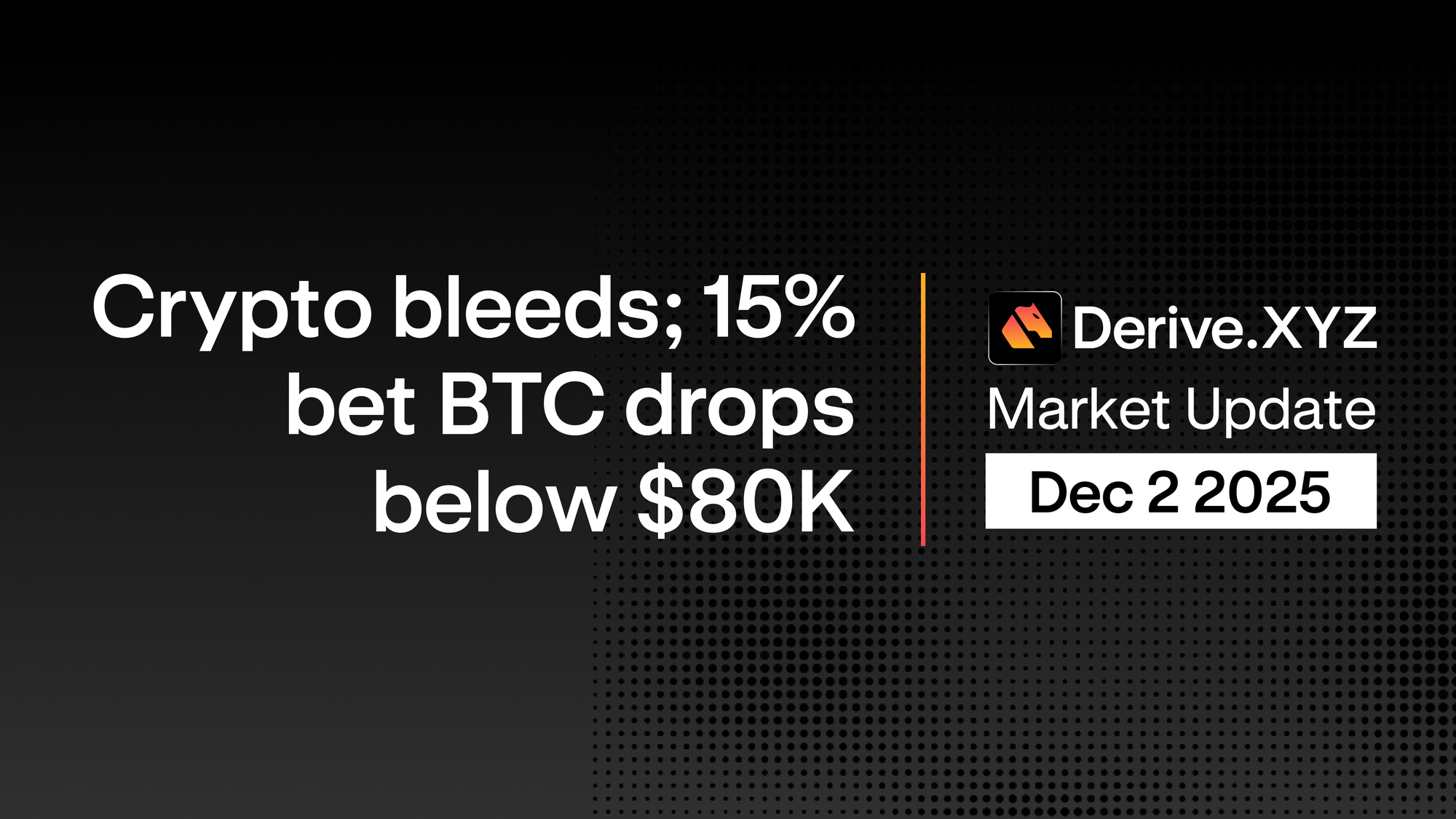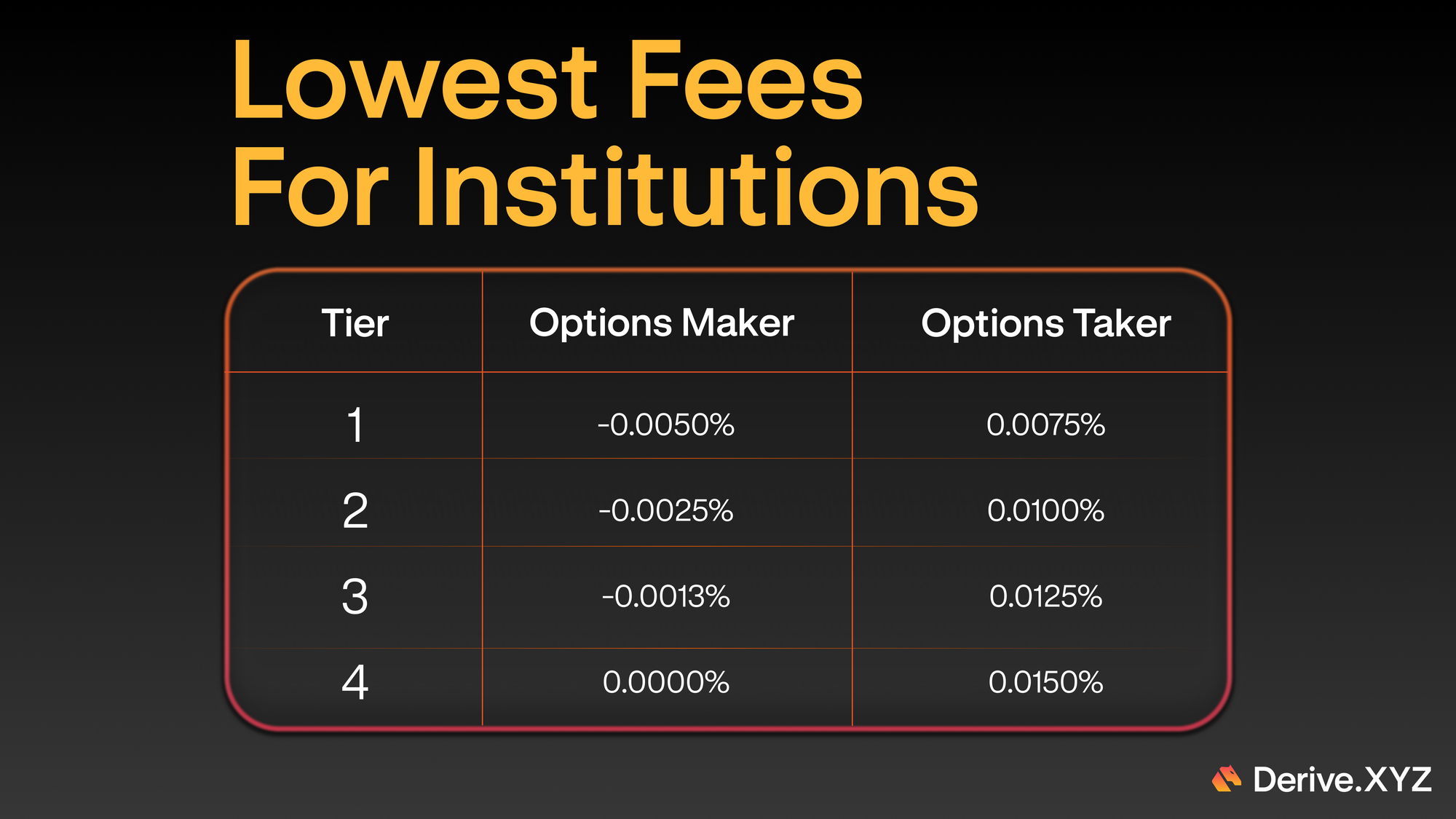by Dr.Sean Dawson
The US dollar is in decline. In the first half of this year alone, the dollar has dropped more than 11% against an index of various currencies. This is the largest drop in more than 50 years and signals a structural shift that has many in Washington fearful of a declining US world order.
In this article, I want to
i) describe the USD’s history and role as the world’s currency,
ii) use this to explain how the dollar’s dominance is being undermined and
iii) show how Washington believes stablecoins can ensure dollar dominance in the internet era.
A bit of History
In the early 20th century, global currencies were pegged to gold. I.e. 1 British pound could be redeemed for a certain amount of gold metal. This was otherwise known as the gold standard. During WW2, the US ran a huge trade surplus with the rest of the world and ended up holding more than two thirds of the world’s gold reserves and being more than half the global GDP.
As the war drew to a close in 1944, Allied nations signed the Bretton Woods (BW) Agreement where all participating currencies were pegged to the US dollar, which was in turn convertible to gold.
From there, the dollar cemented itself as the world’s reserve currency, meaning all countries needed to have reserves of USD in order to participate in ever growing global trade.
Fig 1: You’d be surprised how important shiny pieces of metal are to civilization. Source
The End of Bretton Woods
Over the 1960s when the US saw itself under growing financial strain. Both the escalating Vietnam war and various social programs saw federal spending surge against the backdrop of rising inflation.
The US also saw itself run persistent trade deficits, meaning large amounts of dollars were finding their way into foreign governments. In accordance with the BW system, these governments could exchange these dollars for gold at a fixed rate.
Confidence in the dollar’s stability weakened as a result of increased spending and heightened inflation. Consequently, many nations began converting dollars for gold. This threatened to drain US gold reserves to critical levels.
Oil, not Gold
Backing the USD with gold reserves soon became untenable and in 1971 the Nixon administration abandoned the gold standard and BW. From here on out, the dollar was to be backed by trust in the US government.
Figure 1: The true backer of the US dollar.
Also around this time, US support for Israel during the Yom Kippur War resulted in OPEC countries embargoing the US from precious oil reserves. The resulting surge in oil prices highlighted a strategic weakness of the US.
And so in 1974 the US and Kingdom of Saudi Arabia signed a number of agreements where Saudi oil would be priced only in US dollars. Further, Saudi oil profits would be reinvested into US treasuries (debt) and other American assets.
By 1975, this arrangement had been adopted by all OPEC members, creating what became known as the petrodollar system. This ensured that any country wishing to buy oil would first need to acquire U.S. dollars, creating a permanent, structural demand for dollars in the global economy.
Reserve Currency status has its perks.
Holding the status of the world’s reserve currency grants extraordinary economic advantages. Namely, for the US this means that global trade is priced and settled in dollars, forcing foreign governments, companies, and central banks to hold vast reserves of USD.
This constant demand lowers U.S. borrowing costs, since if you’re holding dollars, why not buy US bonds to earn a few extra % yield? The demand for US bonds means borrowing becomes cheaper, giving Washington extremely cheap debt.
It also grants an incredible amount of economic power, enabling the U.S. to impose strict sanctions and significantly influence international markets. Think sanctions on Iran to deter its nuclear program and Russia in light of the war in Ukraine.
The Decline of the USD
Over the past two decades, and accelerating sharply in 2025, the U.S. dollar has seen its once unshakable structural demand steadily erode. Broadly, we can attribute this to three key factors.
Falling Trust in US Institutions
Confidence in the dollar has always been tied to the perceived stability and credibility of the U.S. government and its institutions. Increased political polarization, debt ceiling standoffs, and concerns over the independence of bodies like the Federal Reserve means that trust in the USD isn’t what it used to be. Further, concerns of a “pseudo default” by the US have been raised over provisions in the Mar-a-Lago Accords whereby foreign governments owning US treasuries would have to convert their debt to 100 year bonds.
Fears of a Debt Spiral
Persistent budget deficits have led to a ballooning government debt, currently sitting at over $35 trillion, or roughly 120% of GDP, levels not seen since the end of WW2.
The major concern at play is known as a debt spiral. The government, saddled with huge debts, has to pay an ever-growing percentage of its annual budget as interest payments. Last year, more than $1 trillion was spent alone on interest payments, equating to 17% of all Federal spending.
More money spent on interest payments means either more borrowing to fund these payments (making the problem worse) or slashes to public spending which leads to crumbling infrastructure, unhappy citizens and overall less economic growth. This means less taxes, meaning the government has to resort to borrowing to service its debt.
More debt means more interest which means more debt … Eventually, the government defaults on its debt and with that, the world’s reserve currency will be no more.
BRICS and the End of the Petrodollar
Finally, we have the rise of non Western economic powers, most notably the BRICS collective: Brazil, Russia, India, China, South Africa, as well as later additions like the UAE and Iran which are reshaping the global monetary landscape.
Many of these nations like Russia and China are openly challenging U.S. economic influence. Together, they are working to reduce reliance on the dollar in trade, particularly in the energy sector. This includes settling oil and gas sales in yuan or rubles, and developing alternative payment systems that bypass the dollar-centric SWIFT network. As these practices spread, the structural demand for dollars created by the petrodollar system weakens, chipping away at the USD’s dominance.
Stablecoins and the Genius Act
Washington is now looking to a modern replacement for the structural demand that once kept the USD unrivalled. Their answer: regulated dollar backed stablecoins that embed the greenback deep into the infrastructure of the nascent global digital economy.
The GENIUS Act (Guiding and Establishing National Innovation for U.S. Stablecoins) provides the legal framework to make this vision viable at scale. It mandates that only licensed and heavily regulated issuers like banks or companies like Circle can offer payment stablecoins.
These issuers must hold full, high-quality segregated reserves and honour instant redemption rights. By building trust and safety into the system, the Act aims to make USD stablecoins as reliable as a bank deposit, but far more globally accessible.
Figure 3: Washington’s GENIUS act signals the beginning of the internet petrodollar.
For Washington, that means U.S. digital dollars can circulate well beyond the reach of the traditional banking system, especially in emerging markets where access to dollar accounts is limited.
The geopolitical play here is clear: regulated dollar stablecoins could tie the emerging digital economy to U.S. monetary power just like the petrodollar in the 1970s.
This is a bet on the future of on-chain finance. The US government is ensuring that when the finance and payments migrate to blockchain and instant-settlement networks, the unit of account, medium of exchange, and store of value they use is the U.S. dollar.
This is a direct challenge to China’s digital Yuan and is Washington’s bid to secure a first-mover advantage and reinvent dollar dominance for the internet age.
Wrapping Up
I hope you liked this piece – it’s definitely a bit of a different theme to what I normally write about. Let me know if you liked this, or have any further suggestions !















